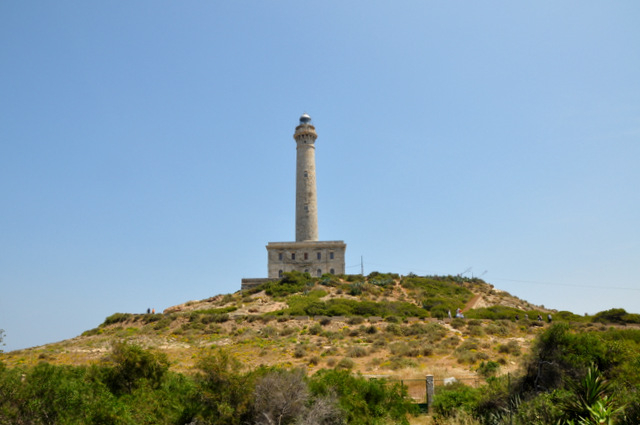

- EDITIONS:
 Spanish News Today
Spanish News Today
 Murcia Today
Murcia Today
 Alicante Today
Alicante Today
Cabo de Palos lighthouse
The lighthouse of Cabo de Palos has been in operation since 1865
The lighthouse in Cabo de Palos is without doubt the most representative building of the village, and has }been declared a Site of Cultural Interest due not only to its historical and navigational importance but also to the neo-classical style in which it was built.
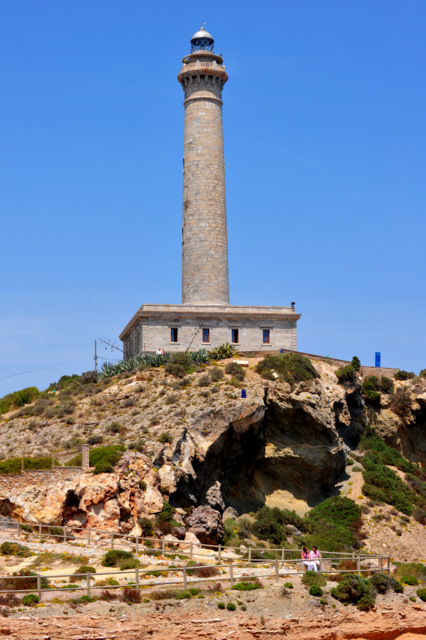 It stands at the eastern tip of the promontory of Cabo de Palos, within the municipality of Cartagena, rising to a height of 51 metres above the promontory on which it stands and 81 metres above sea level. This enables it to warn shipping within a distance of 23 nautical miles of the perils which are created by the rocks which rise to within three metres of the surface of the Mediterranean in the area close to the mainland and the Islas Hormigas. Much of this area has been included in a marine reserve since 1995.
It stands at the eastern tip of the promontory of Cabo de Palos, within the municipality of Cartagena, rising to a height of 51 metres above the promontory on which it stands and 81 metres above sea level. This enables it to warn shipping within a distance of 23 nautical miles of the perils which are created by the rocks which rise to within three metres of the surface of the Mediterranean in the area close to the mainland and the Islas Hormigas. Much of this area has been included in a marine reserve since 1995.
A temple to the god Ba’al is reported to have stood on this site over 2,000 years ago, when the Carthaginians ruled over this part of Spain, and on the same spot Felipe II (1556-98) ordered a watch-tower to be built in order to warn the inhabitants when Berber raiders approached the coastline from northern Africa.
 This watch-tower was demolished in 1861 to make way for the lighthouse, construction of which was completed on 18th December 1864. However it was not until 31st January 1865 that the French-built lamp was first lit, fuelled originally by olive oil and later by Scottish paraffin and petroleum.
This watch-tower was demolished in 1861 to make way for the lighthouse, construction of which was completed on 18th December 1864. However it was not until 31st January 1865 that the French-built lamp was first lit, fuelled originally by olive oil and later by Scottish paraffin and petroleum.
There had been a proposal to build the lighthouse on the Islas Hormigas, but these plans were shelved due to the difficulty of transporting materials to the islets and the problem posed by the small area of land available there. A smaller lighthouse has since been built on the largest of the islets.
At the base of the main tower is a two-storey building which was originally conceived as a lighthouse-keepers’ school, but this is now home to four families who are responsible for the lighthouse’s upkeep and maintenance.
 In technical terms the lamp has evolved considerably over the last 150 years. In 1919 an 85-millimetre Chance Brothers lamp was installed, and this was in service until electrification of the mechanisms in 1960. The arrival of electricity to the lighthouse also meant the start of proper supply to the town, which at that time was still a small fishing village.
In technical terms the lamp has evolved considerably over the last 150 years. In 1919 an 85-millimetre Chance Brothers lamp was installed, and this was in service until electrification of the mechanisms in 1960. The arrival of electricity to the lighthouse also meant the start of proper supply to the town, which at that time was still a small fishing village.
In the early 1980s the facilities were amplified to include VHF omnidirectional radio range, a fog warning siren and an omega differential station, and since 2002 the lighthouse has housed a DGPS station which forms part of the Spanish national network.
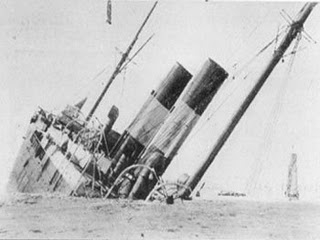 Of course, over the last 150 years there has been plenty of incident and drama in the waters over which the Cabo de Palos lighthouse stands watch. The best known event was the tragedy of the sinking of the Sirio in 1906, when the transatlantic passenger ship went down after the captain inexplicably decided not to pay any heed to the warning beam of the lighthouse. Around 550 people are thought to have drowned as a result, despite the heroic efforts of local fishermen who saved around the same number, but the exact number of human lives lost is not known due to the large numbers of unofficial Spanish and Italian passengers who had paid the captain to travel to America in overcrowded conditions.
Of course, over the last 150 years there has been plenty of incident and drama in the waters over which the Cabo de Palos lighthouse stands watch. The best known event was the tragedy of the sinking of the Sirio in 1906, when the transatlantic passenger ship went down after the captain inexplicably decided not to pay any heed to the warning beam of the lighthouse. Around 550 people are thought to have drowned as a result, despite the heroic efforts of local fishermen who saved around the same number, but the exact number of human lives lost is not known due to the large numbers of unofficial Spanish and Italian passengers who had paid the captain to travel to America in overcrowded conditions.
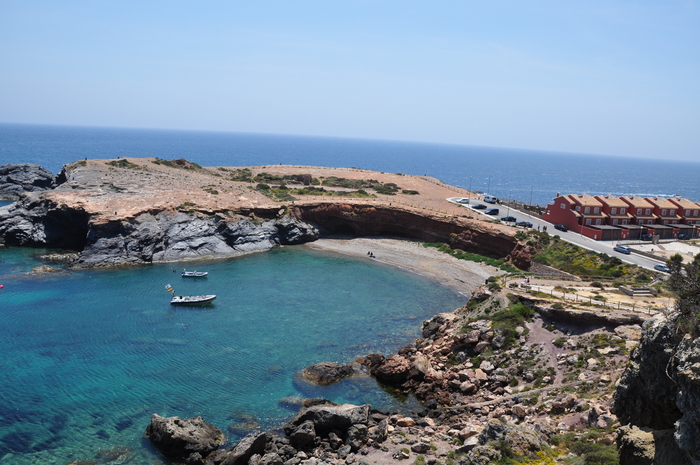 More recently, the Mediterranean off Cabo de Palos was the venue for the biggest naval battle of the Spanish Civil war in 1938, in which a Nationalist heavy cruiser was sunk and 765 people died.
More recently, the Mediterranean off Cabo de Palos was the venue for the biggest naval battle of the Spanish Civil war in 1938, in which a Nationalist heavy cruiser was sunk and 765 people died.
In the early years of this millennium the lighthouse was actually out of service for a little over an hour when two bolts of lightning struck the tower and burnt out all of the electric cabling, shattering the main bulb. As a result a Faraday cage has now been fitted to avoid any repeat occurrence of this freak event, and two emergency generators are installed within the lighthouse grounds.
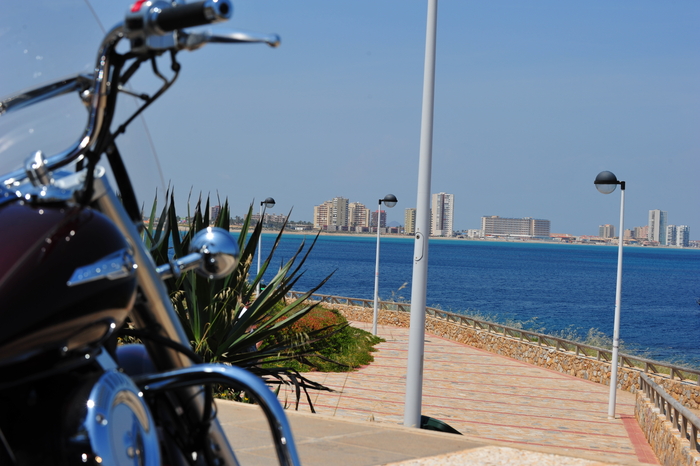
Nowadays the lighthouse of Cabo de Palos is an important tourist attraction, with visitors coming to the promontory to admire both the tower and the views every day of the year from dawn to dusk. Some of them drive to the top of the promontory, but a walk or bike ride around the whole coastline of Cabo de Palos is also recommended, giving ample opportunities to admire the views south and east out to sea, north along the length of La Manga and west along the unspoilt coastline towards Calblanque and Cartagena.
Cabo de Palos and the lighthouse is an enjoyable trip out
This makes an interesting focal point for an enjoyable morning out, which can also include the marina or the beach.
Click for more information and a recommended morning out: A morning out in Cabo de Palos




